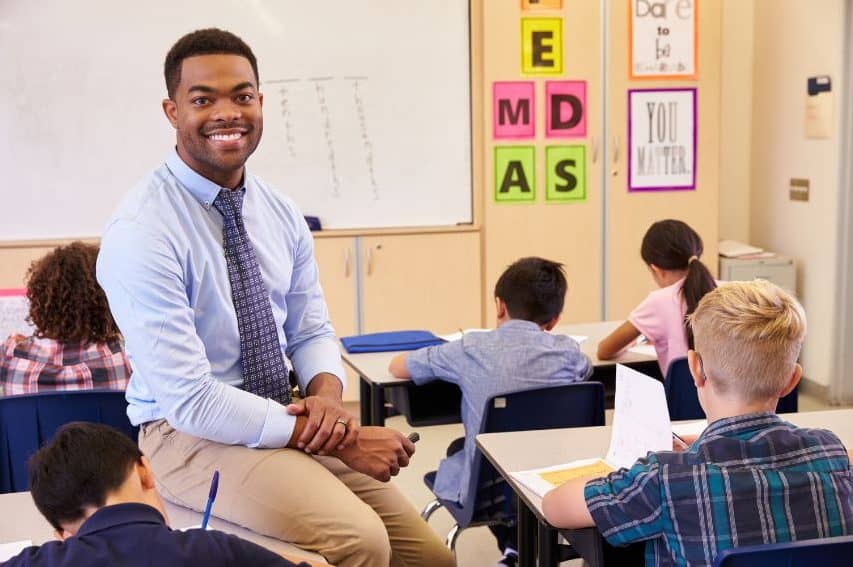Mr. Garcia, a tech-savvy teacher, has incorporated technology into his Language class. However, instead of engaging in online research or collaborative projects, many students use their laptops for activities like social media, games, and online shopping. Mr. Garcia feels frustrated by the lack of focus and struggles to keep students on track. Despite setting clear rules and reminding students, he finds it challenging to monitor individual screens effectively.
Challenges:
- Technology misuse: Technology, intended as a learning tool, becomes a source of distraction, hindering student engagement and learning.
- Monitoring difficulties: Managing individual screen activities in a large class can be overwhelming, making it difficult to enforce rules and prevent off-task behaviour.
- Motivation and engagement: Has Mr. Garcia’s reliance on technology overshadowed traditional learning methods, leading to a lack of student engagement?
Mr Lumumba, a veteran teacher, takes over a class known for its rowdy and inattentive behaviour. The previous teacher lacked clear rules and routines, resulting in a chaotic atmosphere. Mr. Lumumba tries to implement structure with set expectations and consequences, but the students resist change and push back against his authority. He faces constant disruptions, arguments, and defiance, making it difficult to establish a conducive learning environment.
Challenges:
- Existing negative culture: The entrenched habits and expectations of the classroom make it difficult for Mr. Lumumba to implement new routines and establish his authority.
- Student resistance to change: Students accustomed to a lack of structure resist the new rules and discipline, creating conflict and challenging Mr. Lumumba’s patience.
- Lack of support: Mr. Lumumba might lack guidance or support from colleagues or the administration, making it harder to tackle the challenge alone.
These cases highlight management difficulties, yet we need to address the importance of:
- Understanding the root cause of behaviour: Addressing or finding out the underlying reasons behind student behaviour.
- Implementing effective interventions: Using proven strategies and adapting them to individual student needs.
- Building a positive classroom culture: Provide clear expectations, routines, and consequences while building respect and positive relationships for both the teacher and students.
- Seeking support: Connecting with colleagues, mentors, or administration for guidance and resources.





